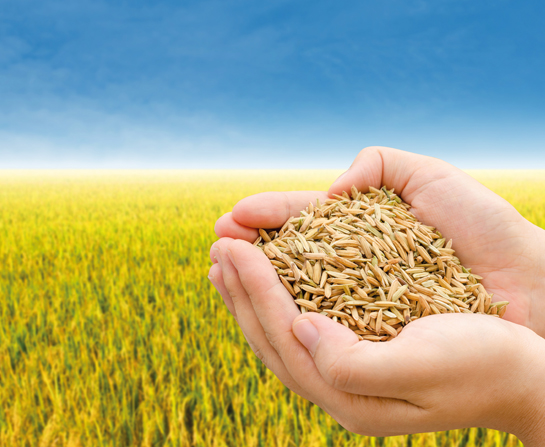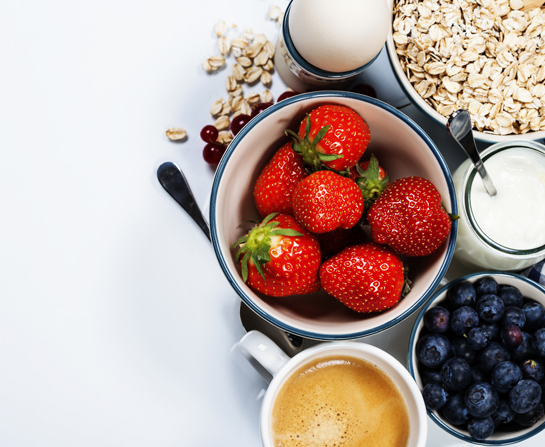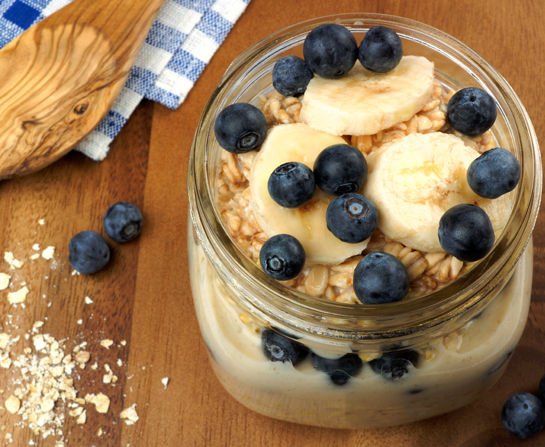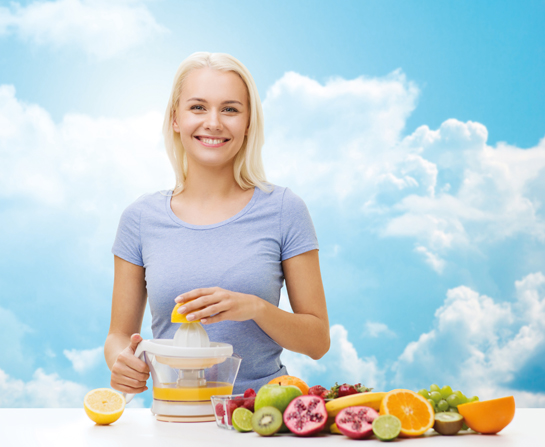Believe it or not, there’s a way that you can minimise global warming, stop killing animals and at the same time become healthier citizens of the earth – just by the mere act of eating. This movement is called Meatless Monday, a non-profit initiative of The Monday Campaigns, in association with the Johns hopskins’ Bloomberg School of Public Health. By reducing meat consumption, you can “improve your personal health and the health of the planet,” as stated on the Meatless Monday website.
In an article found in the Blie Cross Health Book titled “10 Habits of Healthy People,” item 4 reads: “Healthy people eat lots of fruits and vegetables. An all-natural, organic and colourful diet of fresh fruits and vegetables ensures that your body is getting the right minerals and vitamins. This kind of diet also lessens your chances of being overweight or obese, since fruits and vegetables are high in nutrients and low in fat.” From the 2010 edition of the Bahay Kubo Diet, the startling reality is, “several of the world’s mightiest rivers no longer reach the sea… Producing a pound of animal protein requires about 100 times the water to produce a round of vegetable protein. It takes about 1,300 gallons of water to produce a single hamburger. Seventy percent of the water that is pulled from the world’s rivers, lakes and underground wells goes to agriculture (that includes raising livestock), and 43% of the world’s grain foes to feed animals for meat.” Plus, Eric Schlosser’s best-seller Fast Food Nation mentions in graphic detail the horrible unhygienic raising and handling of meat in the meatpacking industry.
Suzy Lee is the owner of Spring by Ha Yuan, a Chinese fast casual vegan-friendly restaurant along Benavidez St., Makati. The menu is any vegetarian or pescetarian’s dream: No more exhausting explanations with servers on food and its ingredients and method of cooking! The items are marked, such that a leaf means that it’s vegan, a fish means the food is pescetarian while the image of a smiling pig means that the meat is probiotic. Lee expresses her sentiments on the movement: “I save the environment and reap great health benefits by eating less meat. I felt it myself when I did that. There are other rich flavours from non-meat, like varieties of mushroom. It gives you a chance to experience something different, to be more creative in different ways of cooking.”
Abby Martinex, the open-minded mother of Amelia,1, says, “I’m lucky that my baby loves to eat anything. While she’s enjoying her bits of veggies and mashed fruit, I will let it stay that way until she grows up. Though she eats meat, it’s mixed with vegetables most of the time. I think that’s a good trick for moms with toddlers and moms-to-be, you start them young so eating fruits and veggies won’t be such a burden to impose on kids later on.” Trixie Crame, mother of Franco, 7, won’t touch food that has even a morsel of veggie, what I do is boil all the vegetables I can find under the sun and make my son drink the vegetable broth, which he likes a lot.”
My personal tip: Play around with the favourite food of your kids while slowly incorporating more veggies together with it. My son loves barbecued chicken. Little by little I included potatoes and carrots with it and he didn’t mind. Eventually I fried just the potatoes and carrots with cabbage in the barbeque sauce and he ate it. Since he loves spaghetti, I made puttanesca, and to satisfy his love for cheese I made cheese pizza. They were a success!
Lee shares some vegan recipes, saying, “I want to help others eat healthier. if we’re going to feed people, we might as well feed them better.” So goes the Meatless Monday movement that makes the earth – and our more immediate home, the body – a better place to live in.

Stir-fried tofu with mushrooms
Serves 4-6
Ingredients:
2 blocks fresh tofu
½ cup vegetarian oyster sauce
1/8 cup light soy sauce
3 tbsp sugar
3 tbsp rice wine
½ tsp black pepper
2 tbsp cornstarch
1 ½ tbsp vegetable oil
80g leeks, cut lengthwise
150g shiitake mushrooms
60g button mushrooms
150g wood ear mushrooms, chopped into 2-3 pieces
200g baby corn
100g carrots, sliced into 1/8-inch thick conins
4 cups vegetable stock or water
200g beancurd sheets (optional)
1 tsp sesame oil
Procedure:
Cut tofu into 1 ½-inch blocks.
In a bowl, mix oyster sauce, light soy sauce, sugar, rice wine, black pepper and cornstarch.
Heat wok on high heat until waterevaporates when sprinkled on it. Put 1 tablespoon of vegetable oil.
Add tofu, cook for about 2 minutes until browned. Frying prevents tofu from turning into mush during stir frying. Transfer tofu into a lined plate and set aside.
Add an additional ½ tablespoon of oil. sauté leeks, shiitake, button and wood ear mushrooms until fragrant.
Add young corn and carrots, add sauce mixture and vegetable stock, stir fry until tender. Add in tofu and beancurd sheets. Add sesame oil.
Reduce heat to medium high, and cook until sauce thickens.

Breaded tofu with minced vegetables
Serves 4-6
Breaded tofu
Ingredients:
1 block fresh tofu
vegetable oil
1 cup bread crumbs
1 cup cornstarch
¼ tsp salt
¼ tsp black pepper
Procedure:
Cut tofu into 8 triangles approximately 2 inches thick each.
Heat vegetable oil in a wok or saucepan approximately 2 inches deep to coat tofu.
In a bowl, mix bread crumb, cornstarch, salt and pepper.
Dredge tofu in bread crumb mixture.
Deep-fry breaded tofu until golden brown, take out from pan and set aside, preferably on a plate covered with a paper towel to absorb excess oil.

Vegetable sauce
Ingredients:
2 tbsp vegetarian oyster sauce
1 tsp light soy sauce
1 ½ tsp sugar
½ tsp salt
1 tbsp vegetable oil
20g onions, chopped
20g shiitake mushroom, fresh or reconstituted, diced finely
10g wood ear mushrooms, cut into 1/8-inch pieces
1 tbsp rice wine
30g bell pepper, diced finely
15g tomato, diced finely
1 cup vegetable stock or water
½ tsp sesame oil
1 tbsp cornstarch or flour, dissolved in 2 tbsp water or stock
Procedure:
Mix the oyster sauce, light soy sauce, sugar and salt.
Heat wok or sauté pan on high heat until a drop of water evaporates when sprinkled on the wok, then put in the vegetable oil.
Saute onions, shiitake and wood ear mushrooms until tender.
Add rice wine.
Add bell peppers, then stir fry for about 20 seconds.
Add in tomato, then stir fry for about 10 seconds.
Add oyster sauce mixture, stir fry, add vegetable broth and adjust seasoning to taste.
Add sesame oil.
Add cornstarch until sauce thickens, then remove from fire.
Plate breaded tofu and pour vegetable sauce over.
If you like this article, do subscribe here.

















